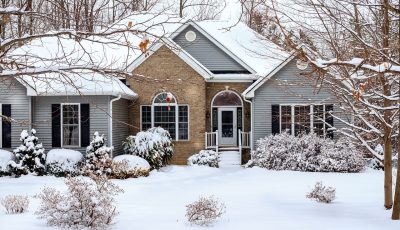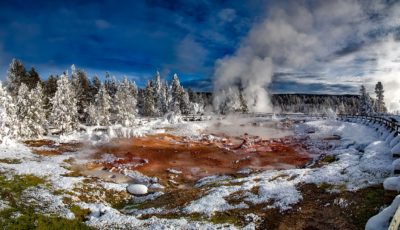5 Areas in Your Home to Weatherize for Winter
In a recent Gallup survey about perceptions on winter temperatures, 43 percent of Americans shared that the temperature in their area has been colder than usual in 2019 compared to past winters. If you have a similar experience and you are hoping that the coming winters will be different, you will be disappointed to know that scientists are predicting a continuous pattern of record cold temperatures and blizzards due to climate change.
Given this harsh reality, you need to pay close attention to weatherizing your home to keep you and your family comfortable and warm during the cold months, sans the high heating bill. To help you get started, here are the areas of your home that you need to focus on when weatherizing your dwelling for the winter months.
Attic
The attic offers storage space for seasonal items and additional room for play, work, and some peace and quiet. It is also one of the primary areas in the house that you need to prepare come wintertime. If your attic lacks proper insulation, your home will still be cold even if your heater is turned on since your attic is not trapping the warm air in—warm air that tends to rise to the top of the structure.
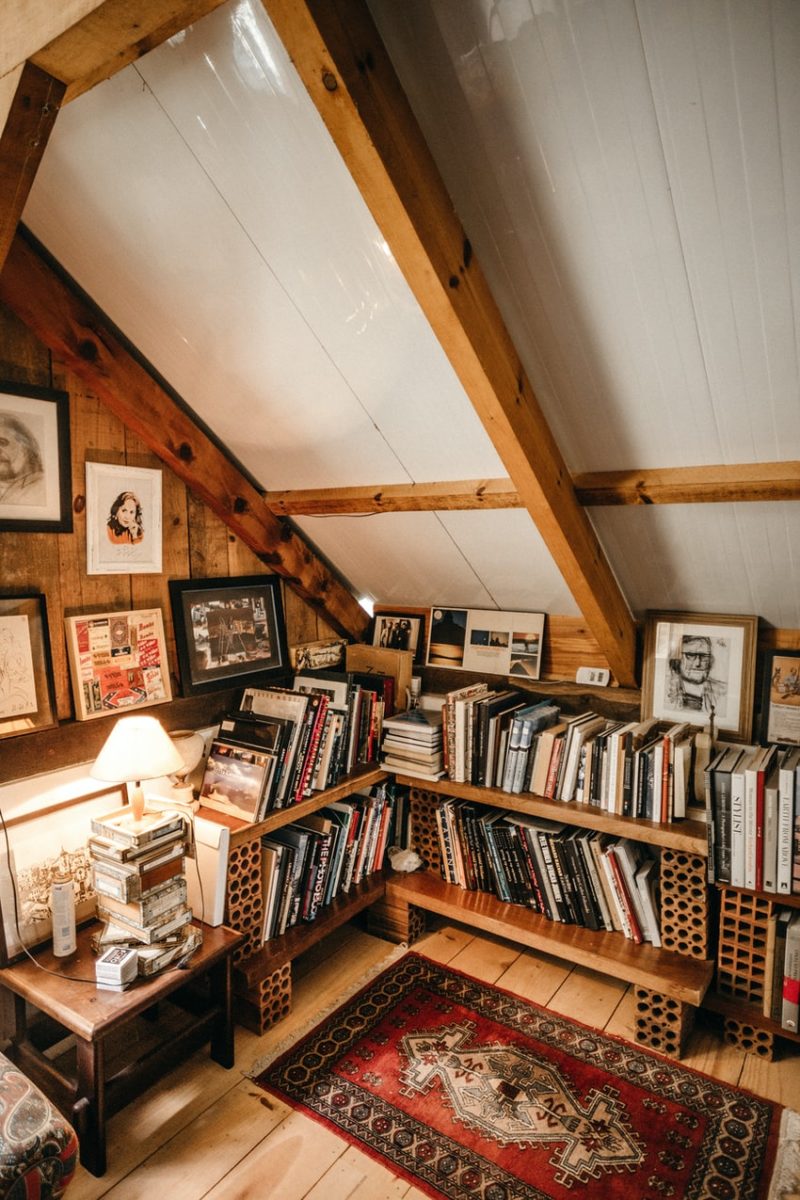
If you want to stay warm and toasty during the cold season, you should check your attic for two crucial things—air leaks and insulation levels. To start, inspect areas around ducts, light fixtures, plumbing pipes, ventilation, and other places where air leaks are normally found. Once you discover the leaks, you need to seal them immediately to prevent cold air from entering and warm air from escaping your home.
To determine whether you have enough attic insulation, try measuring the thickness of your existing insulation. If it is less than 10 inches thick, you should add more. Do not forget to seal air leaks and complete any necessary roof repairs before insulating.
Roof
The roof is your home’s first line of protection against the harsh winter weather, which is why you must check its condition and ensure that it can withstand the cold season. A roof inspection should include looking for leaks and any signs of damage caused by animal infestation, vegetation growth, and natural wear and tear among others. Never overlook even minor gaps and cracks since these can affect indoor temperature and lead to serious damage in the long run.
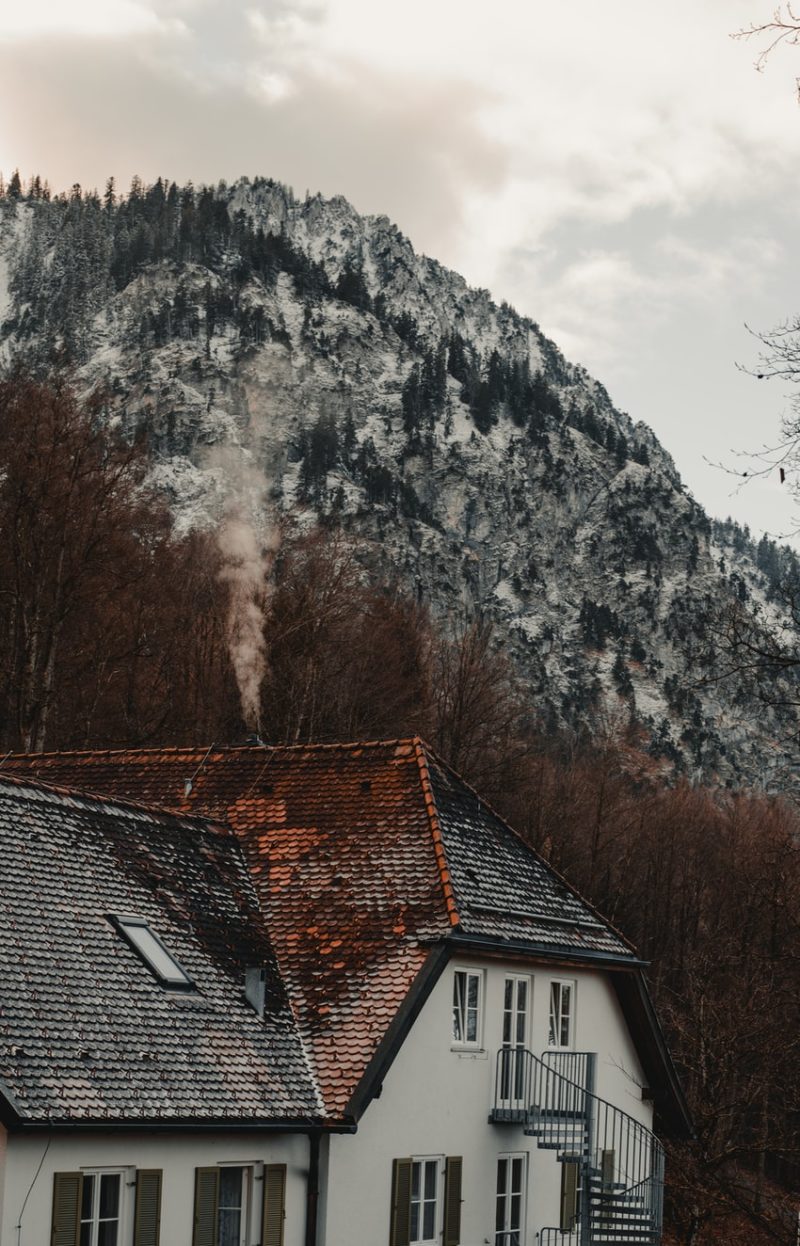
Aside from observing proper roof maintenance, you should also insulate your roof to significantly reduce heat loss. If you have existing insulation, make sure that it is still serving its purpose. Opt for a replacement if your roof insulation is already old and disintegrating as there are safer, more efficient, and more advanced products available in the market today.
Crawl Space
Perhaps one of the most commonly neglected areas in the home when it comes to weatherizing is that hollow space between the ground and the first floor, known as the crawl space. As the name suggests, a crawl space is an area accessible solely by crawling since its height is just 1 to 3 feet. It houses parts of the plumbing system, ductwork, electrical wiring, and other essential elements in your home.
While it is easy to forget the crawl space when preparing the home for winter, it is important to note that this seemingly insignificant space can negatively impact your energy bill, indoor air quality, and comfort if it is not properly weatherized. For instance, your heating system may have to work harder and use more energy to maintain the temperature inside your home if you fail to seal and insulate the crawl space.

TradeCrawlspaces / CC BY-SA
Whether you are insulating an unventilated or a ventilated crawl space, it is advisable to use R30 insulation in your crawl space, especially if your home is located in one of the colder regions of the US . Note that the R-value refers to the thermal performance of the insulation product. Ultimately, the higher the R-value, the better it is in keeping your home warm in the winter and in improving your house’s energy efficiency.
Doors and Windows
If you think that the tiny gaps around your doors and windows hardly affect indoor air temperature, you are mistaken. Did you know that a 1/8-inch gap underneath a 36-inch-wide entry door can take in as much cold air as a 2.4-inch-diameter hole in the wall? Moreover, 10 to 11 percent of hot air can escape from your home because of the seemingly insignificant gaps in your windows and doors.
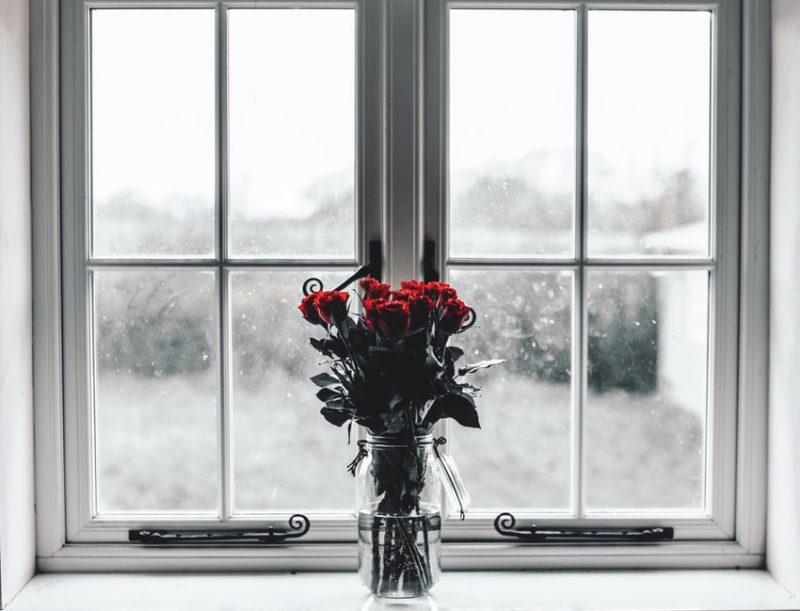
If you have weatherstripping in place to seal gaps and frames of your windows and doors, you may want to do a “dollar test” to check if it is still effective in stopping air infiltration. Simply place a dollar bill across the weatherstrip then close the door or window. If the dollar remains in place and you cannot pull it out, the weatherstrip is still functioning properly.
If the bill falls out, however, it means that the gap is too large and is letting heat escape and allowing cold air to infiltrate. You should immediately replace your weatherstripping when that happens.
Fireplace
While a fireplace can offer maximum warmth and comfort during the cold winter season, it can also contribute to considerable heat loss if it is not properly maintained. Missing or ill-fitting fireplace dampers can leak as much as 14 percent of warm air from your home.
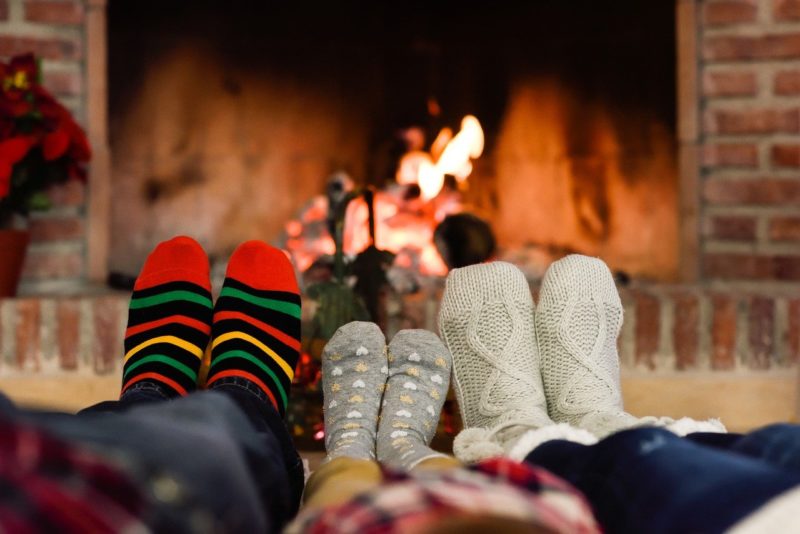
Inspect the seals surrounding your fireplace flue damper to ensure that it is tight and not letting warm air out through the chimney. How do you check for a leak? Close the flue, light a small piece of paper, and observe the smoke. If the smoke is going up the flue, there is an air leak. Address this issue immediately
Weatherizing your home can significantly help in keeping your energy bills down and making your home comfortable despite the cold and harsh weather. As such, there is no time to waste. You should weatherize your home, particularly the areas above, before the winter air blows and the temperature drops.

